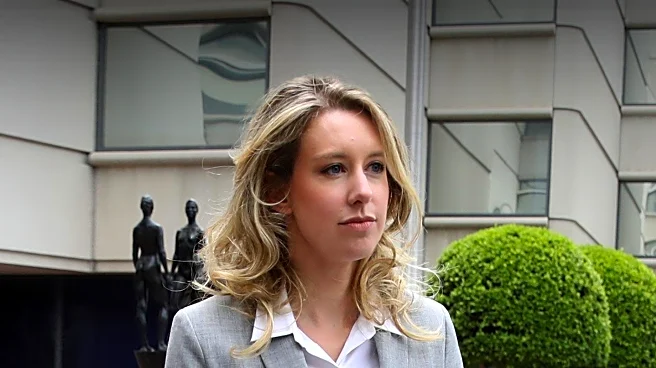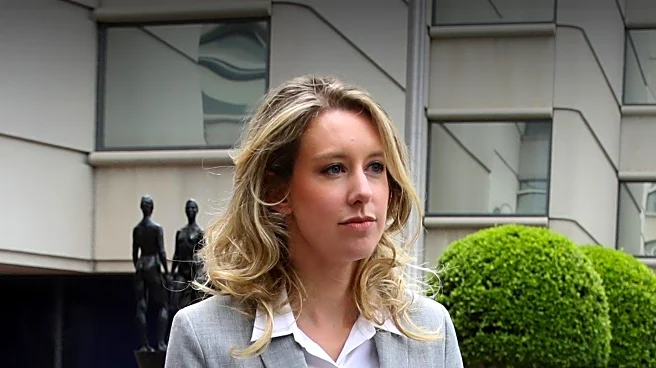What's Happening?
The children's commissioner for England, Dame Rachel de Souza, has called for the government to implement age verification on virtual private networks (VPNs) to prevent minors from accessing pornography. This recommendation comes as part of a report highlighting the increasing exposure of children to online pornography, with VPNs being used to bypass age checks mandated by the Online Safety Act. The act requires platforms with adult content to verify users' ages, but VPNs allow users to disguise their location and circumvent these checks. The Department of Science, Innovation and Technology acknowledges the need for enhanced online safety measures for children.
Why It's Important?
The call for age verification on VPNs is significant as it addresses a loophole in the Online Safety Act, which aims to protect children from harmful online content. By closing this loophole, the government could reduce the exposure of minors to inappropriate material, potentially impacting their understanding of normal sexual behavior. This move could also set a precedent for other countries grappling with similar issues, influencing global online safety policies. Stakeholders such as parents, educators, and child protection agencies stand to benefit from stricter regulations that safeguard children's online experiences.
What's Next?
The government may consider implementing age verification measures on VPNs, although there are currently no plans to ban them. If platforms are found to be deliberately facilitating workarounds for minors, they could face enforcement actions and fines. The ongoing dialogue between the children's commissioner and government officials suggests further discussions and potential policy developments in the realm of online safety for children.
Beyond the Headlines
The ethical implications of children's exposure to violent and explicit content online are profound, affecting their mental health and perceptions of sexuality. The report's findings highlight the need for responsible platform design and algorithm management to prevent accidental exposure to harmful content. This issue underscores the broader challenge of balancing internet freedom with protective measures for vulnerable users.












